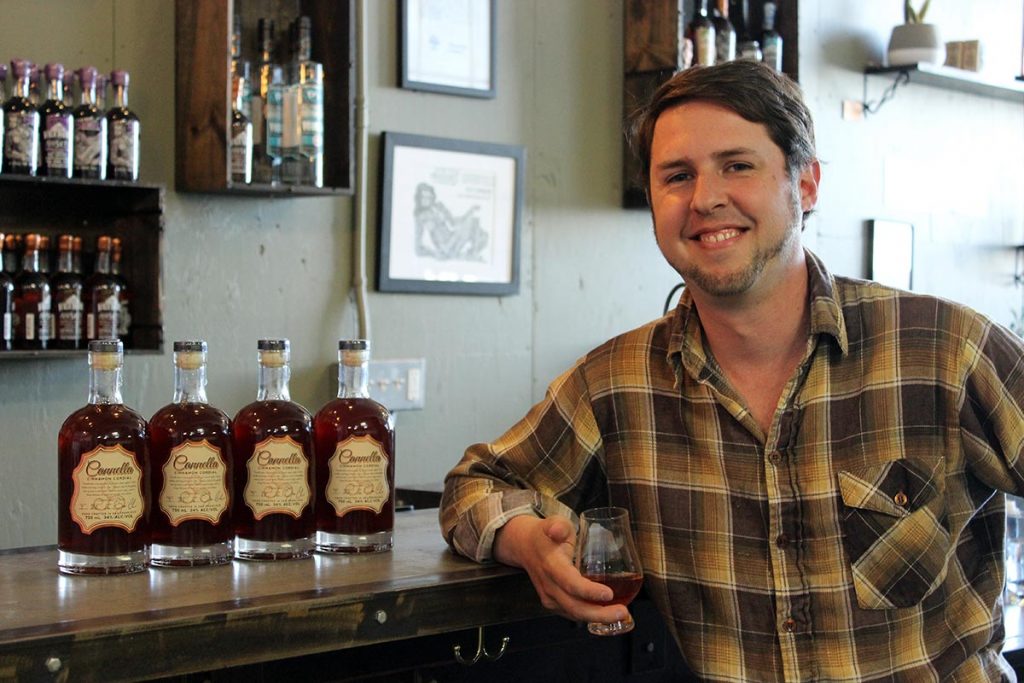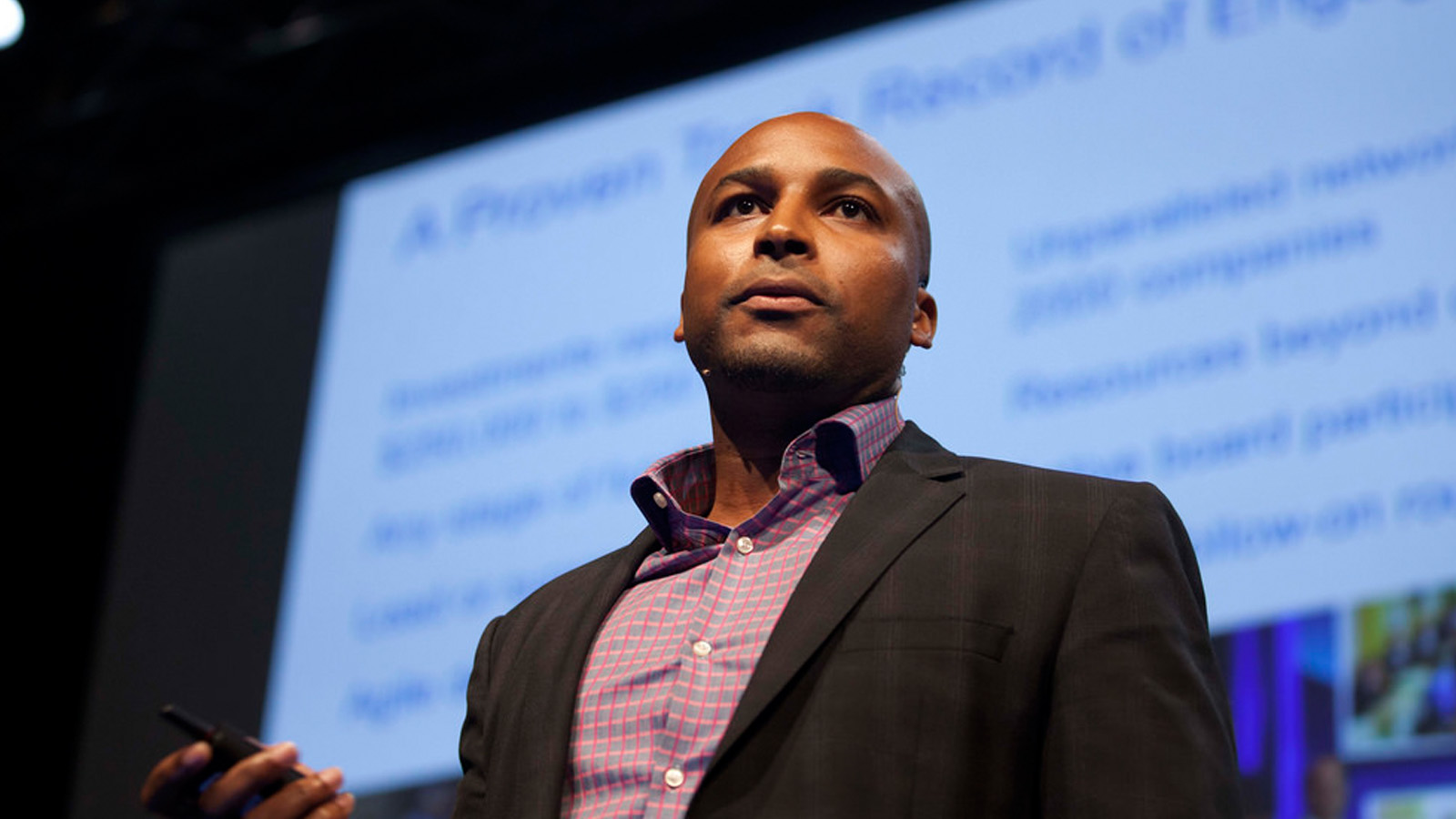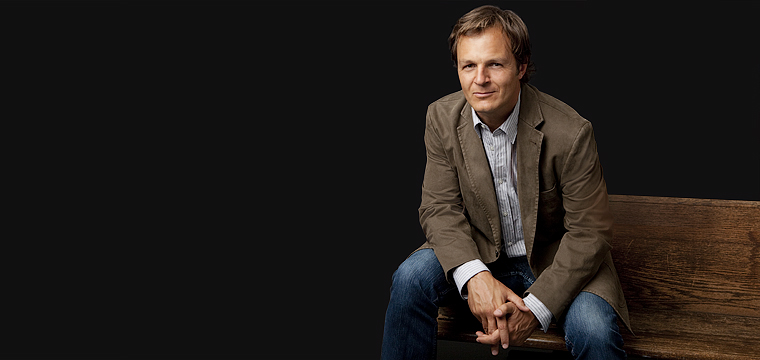
Image by Will Shenton
This article is part of the fnSummit Speaker Series. Every October, Founders Network members meet in Napa Valley for 3 days and 2 nights of programming, real fireside chats, break-out discussions, panels, wine tasting, hiking, swimming, and yoga. Founders Network sat down with each speaker contributing to fnSummit to discuss this year’s theme— growth. Learn more about the upcoming fnSummit, Oct. 19-21, 2016.
Prior to founding Cannella Spirits, Joe Cannella grew the ad spend of his clients from $20M to $150M at Google. Now, in less than 3 years, his product is in over 100 locations in California and Nevada. Joe will be contributing to the fnSummit Spirits Panel: along with other founders in the spirits business, he will discuss how to grow in a niche vertical. His unique spirits will also be featured at the Founders Network Fall Panel, 9/29/16. Here is his story:
Let’s talk about your time at Google. You grew the ad spend of your clients from $20M to $150M.
Joe: It was an exciting and unique time. Client ad spends of $30M or $50M were common, to the point where dollar figures, for better or worse, simply became numbers.
Our focus was on gaining marketing efficacy for clients by shifting dollars from traditional media to online. It’s clearly a very data driven company, so the job was way more focused on numbers than taking clients out on the golf course— though execs eventually did see the value in building relationships with clients so we got to do some pretty fancy dinners.
The Google ads platform was the world’s biggest data source for consumer intent, and it was fun to dig into that and understand both macro and micro trends. Getting insights out of that data was often a big hairy mess, though, so part of my job became working with engineers and product managers to develop tools and product features that would prove useful to my team and to our customers.
The Google ads platform was the world’s biggest data source for consumer intent, and it was fun to dig into that and understand both macro and micro trends. – @joecan
I’d say I was at my most valuable when I was thinking a couple years ahead, seeing the larger vision and positioning the team and our customers to take advantage. This proved fruitful on more than one occasion where our clients became market leaders over the years we worked with them. But naturally there was the managerial pressure of hitting quarterly numbers, so it was a balancing act between the work I enjoyed and was most effective over the long term and the work that had to be done now.
You went from a major tech company (Google) to building out your own company. What sparked your decision to make the change? Was there an “ah-ha” moment?
Joe: It started with a classic case of burnout. I’m sure this isn’t an unfamiliar story. I learned a ton at Google; how a functioning sales organization should run, and what it’s like to work with smart, motivated people. But I did the same thing for way too long, and the company changed from underneath me, as companies do when they grow.
We went from pushing the envelope to a structured, operational environment. On top of the burnout, I had a medical scare that changed my perspective on a lot of things. By my last year at google, I was floating along (by Google standards). I was at the most senior sales level you can be without becoming a manager, and looking around at what my life as a manager would entail….. it was definitely time to go.
Underneath all of that I had been exploring hobbies outside of my day job— which eventually led to my current business.
A big part of the inspiration came from a trip to Italy in 2010. I surprised my wife (then girlfriend) with plane tickets to Spain and Italy. We had two amazing weeks together, after which I stayed another couple weeks on my own traveling around. It was during that time that I connected with my uncle, who was also visiting from the US and we spent a couple days in Catania, Sicily, where we had a great time seeing our family name (Cannella – the Italian word for cinnamon) all around town.
There was a “Cafe Cannella”, a woman’s clothing store called “Cannella”, and at our little hotel bar at the end of the night, we spied a very rustic-looking bottle called Rosolio di Cannella – or more simply, a cinnamon liqueur.
We enjoyed our share and took some bottles of Cannella back home. And then eventually (gasp!) we ran out. So I figured I’d order some more online and we’d be good. But nobody was shipping it outside the EU, or importing it, and there was nothing being made like it in the US.
A lot of entrepreneurs have that moment, where you feel like something needs to exist in the world, even if only in your world, and you are just frustrated enough to do something about it. That’s when I started making my own “Cannella”.
A lot of entrepreneurs have that moment, where you feel like something needs to exist in the world, even if only in your world, and you are just frustrated enough to do something about it. –@joecan
The transition into an actual business happened a few years later on Thanksgiving Day, 2013, at the end of a great meal and night with friends & family. There was this moment when my dad and I looked around at all the people enjoying what I had made. We decided then and there to see what it took to build a spirits company.
Did going from employee to entrepreneur force you to grow personally and/or professionally? If so, in what ways?
Joe: Mainly, I’ve become more organized. In having to become totally self directed, I have learned a lot about what motivates me and what doesn’t, and you discover those little tricks that work for you.
It’s the first time that something was totally mine, though my friends and family definitely helped me get off the ground. There was a time when stepping foot in our apartment meant having to sample up to 8 different recipe variations and fill out a multi-faceted tasting profile sheet. This all went into a crazy spreadsheet to track it all, and helped us to land on a final recipe.
I was so excited about it, it felt so congruent that I have never looked back. I’ve never been so committed to bringing something to fruition, and having hit several milestones already I have now proven to myself that I can see something through from idea, to bringing it to life, to sharing it with the world.
I’ve never been so committed to bringing something to fruition, and having hit several milestones already I have now proven to myself that I can see something through from idea, to bringing it to life, to sharing it with the world. – @joecan
You’re big on work/life balance. Any tips on staying focused, both at home and in the office?
Joe: I actually take issue with the concept of “work/life balance”. I think one of the most important things you can do as an entrepreneur is remove that phrase from your vocabulary. Instead I see much more benefit from work/life integration. It’s great to take breaks from certain aspects of your life when needed, but to see your “life” and your “work” as totally separate things is often counterproductive and creates more stress. From my standpoint, it’s all life.
That, of course, doesn’t mean you aren’t scheduling “work time” and “not work time”. It’s amazing what having a kid will do for structuring your day in such a way that you have the time to be creative, productive and present.
One simple habit I’ve seen success with is writing down the 3 things that must get done tomorrow, and then dedicating specific time on my calendar in the morning to get through them. It’s amazing how much that has transformed my days and weeks and company.
Also, from my Google days I learned to have a core metric that really tells you whether you are moving in the right direction. At Google it was looking weekly at year / year ad spend, which would control for seasonality. Today, it’s how many printed cocktail lists are we on. For right now, that is our most significant indicator of future sales, so I try and keep that metric in mind with every task I do.
From my Google days I learned to have a core metric that really tells you whether you are moving in the right direction. – @joecan
You startup is growing. Starting in 2014 as a total industry outsider, your products are now in over 100 locations in California and Nevada, with near term plans to expand to major markets around the US. Can you outline 3 ways in which you’ve achieved this growth?
Joe:
- Be a part of the community that you’re selling to. This industry is big on relationships. You can’t jump in and jump out, and make the sale and move on. If you open up in 10 new markets overnight and spread yourself too thin without taking the time to establish those relationships, you won’t have the foundation you need to build on. It’s a hands on, high touch business in terms of working with bartenders and restaurants and retail store owners.
- As a founder, I’ve had to accept the fact that my own time can only scale so far. I can’t have a relationship with 3,000- 4,000 bars, so having your brand ambassadors be a true extension of you, and having everything they need to do their jobs is critical. During the first phase everything was driven by personal relationships. The next phase is making sure we work with sales reps so that they can represent us accurately to their own networks.
- Doing things the right way first has made things a lot easier down the road. Very early on, I wasn’t terribly focused on design. The “juice” (our recipe) was my primary focus, along with getting our licensing and production strategy established. A good friend of mine and now advisory board member pulled me aside one day and said “Joe, you need to stop doing everything you are doing right now and focus on designing your label.” He was right, and I did. The result was a gorgeous representation of our product that we’re very proud of, and like a solid resume has gotten us a lot more meetings and sales than if we had half-assed that part of the process.
As a founder, I’ve had to accept the fact that my own time can only scale so far – @joecan
What is the ‘grand’ vision here? Where is the Cannella brand going?
Joe: Last week we launched what will likely be our flagship product, Amaro Cannella. We’ve proven market fit, it’s getting incredible feedback and early traction in California and Nevada so now it’s time to raise a F&F round, grow production, expand distribution and make it into a bigger brand and company. We now have connections to the larger distribution houses and will be negotiating deals in new US markets in the coming months.
Personally, my continued passion lies not only in spirits, which has been an incredible learning experience, but in spices and the history of our family name. A thousand years ago in Sicily, a “Cannella” was the name for a spice merchant. This is so intriguing to me, and in phase two I see us entering into the broader spice market where there is still an incredible amount of room for improvement.






